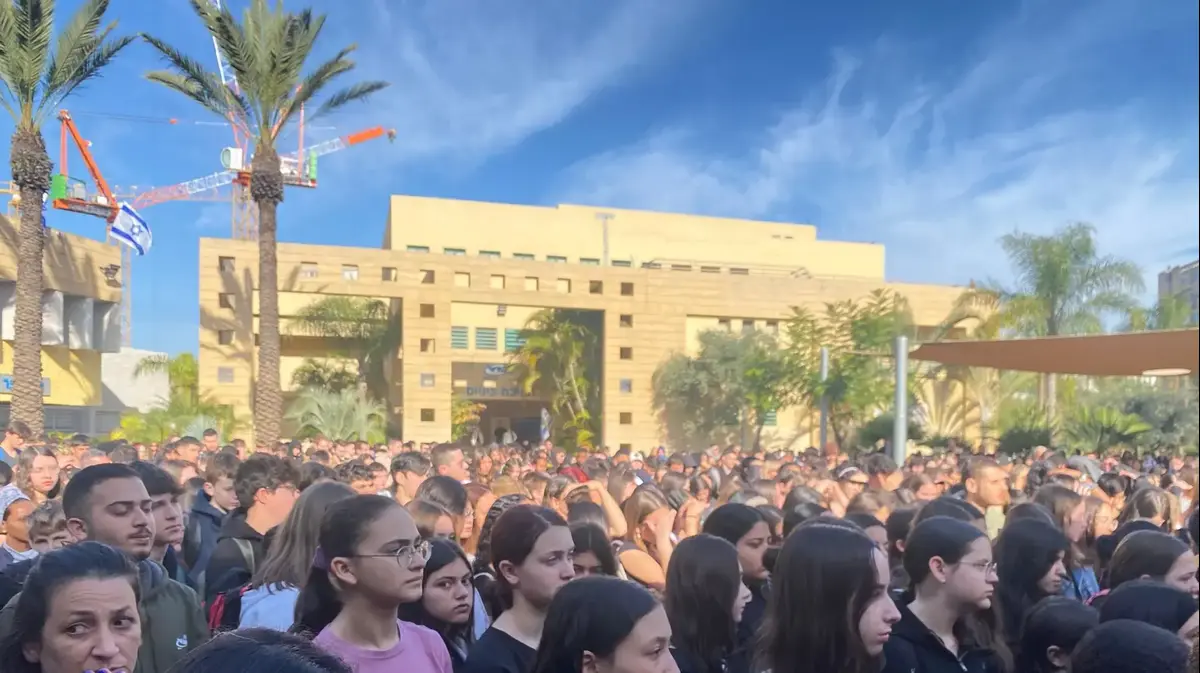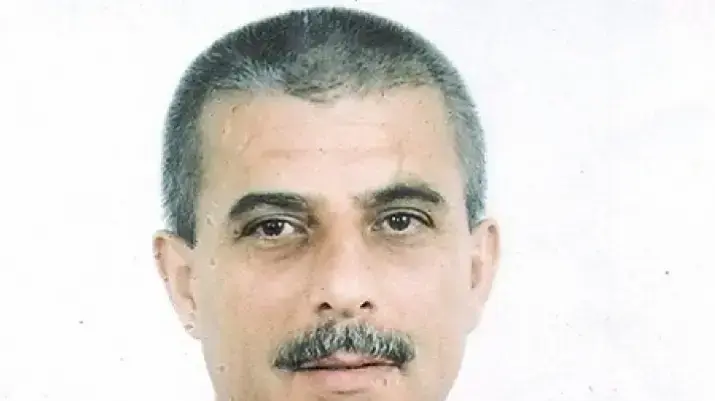In 2001, the Civil Guard launched Operation Tambora, which resulted in the seizure of an incredible 108,670 archaeological pieces looted for decades in the provinces of Seville, Córdoba and Jaén, all found in two properties owned by engineer Ricardo Marsal Monzón .
Four years later, the Junta de Andalucía reluctantly took charge of them ―given the volume of looting― and created the so-called Ricardo Marsal Monzón Archaeological Fund (FARRM), which also included 43,000 records of the objects.
Almost two decades later, the work to try to bring order to the tidal wave continues.
The professor of Archeology at the Autonomous University of Madrid Fernando Quesada Sanz has just published the study
A dagger of vacceo origin and a probable Andalusian find in the Iberian Museum of Jaén and the problem of pieces from collections
, where he bitterly complains that the surprising story of an Iberian warrior from Hannibal's troops who traveled, with his weapons on his shoulder, including a valuable dagger, more than 450 kilometers to die in his town (Espelúy, Jaén).
The gigantic looting dismantled by the Civil Guard at the time - there were 102 investigated - makes it impossible to know if the dagger carried by the warrior from the Duero Valley to Andalusia is a
unicum
(piece without equal in the world) or, on the contrary, It is only one more than a hundred that are known.
More information
Revealed the secrets of the greatest Roman treasure found in Spain
The dagger, which is on display at the Museo Ibérico de Jaén, is listed as "coming from the Iberian necropolis of La Carada" and is the "result of an illegal plundering activity", according to this institution.
It is a production vaccea ―Celtic people of the Northern Plateau―, probably from the last third of the 3rd century BC.
C. More than a hundred specimens of this type are known, all found in the Duero basin and surrounding areas.
It measures 30.5 centimeters in length and its maximum width reaches 4.5 centimeters.
The pommel is made of a copper alloy, while the scabbard is made of iron, fragmented in two, of which approximately 60% has been preserved.
“Overall, this piece could be considered close to an extraordinarily unusual variant of the dagger from the 3rd century BC.
C. called spike sleeve.
The discovery of the weapon in Jaén, if true, "would mean a unique find far from its nuclear area, the first outside the Northern Plateau or the Cantabrian area, with the relevance that this implies", because it would link it directly with the expedition of the Carthaginian general Aníbal against the vacceos between the years 221 and 220 a.
C. That is, one of his soldiers, after the war, returned with him to his town.
But the fact that there is no incontestable evidence that it was found in Espelúy ―it is only supported by a note confiscated by the Civil Guard from Marsal― "casts some doubts that represent an excellent sample of the problems of illicit trade, which makes a possible relevant archaeological news in a more or less founded speculation”, affirms Quesada.
Copper bridge or mounting plate from the mouth of the scabbard of the vacceo dagger from the Marsal Collection.
And he adds: “This weapon is a perfect example of the problems posed by decontextualized pieces, torn from the ground without reliable archaeological record and method.
In fact, it could be one more piece of an already well-studied set or an exceptionally interesting and suggestive weapon due to its place of discovery.
We know that the FARRM mainly includes pieces from the Andalusian area and that the original owner of the collection, or recovery fund as he liked to call it, took documentation of the provenance of even the smallest object very seriously, demanding before buy anything that their suppliers [plunderers] gave them very detailed information, including location sketches and even the placement of grave goods in the tombs.
But we can suspect that sometimes you would be provided with altered data,
or even directly invented.
And there is no real way to ever be completely sure”, the professor stresses.
The most plausible hypothesis is that, according to the researcher, the weapon would have ended up in the Andalusian tomb after the return of one of the Hispanic participants in Hannibal's great military expedition.
But there are three other possibilities.
The first, that it was manufactured in the 2nd century BC.
C. or even from the beginning of the I a.
C., and that it was a dagger copied or hybridized by the Iberians from Celtiberian and Vaccean models.
Or that it is simply part of the booty of a Roman legionnaire from the Republican era who arrived in Jaén from the north.
And a third, that the weapon was looted in the 1970s or 1980s in the Meseta Norte and then sold by looters to Marsal Monzón in Andalusia.
Obverse of the preserved part of the scabbard B30-002/11, approximately two thirds of the total.
The latter, known among looters as
El boinas
, according to the study
Crimes against historical and archaeological heritage
(2019), by the expert Ariane Capdevila Sanz, from the University of Barcelona, "was a
collector
that he had been acquiring coins and metallic objects through the use of the detector between the sixties and nineties of the last century”.
“It was about,” he adds, “an organized person who in his workshop classified and studied the pieces by creating some files that identified them and that later made it easier [to the Civil Guard and archaeologists] to know the affectation of the sites.
The collection was made up of numismatic and ceramic material, architectural, sculptural, and epigraphic elements, and stelae, among others.
The chronologies ranged from prehistory to contemporary times through protohistory, Roman, late Roman, medieval and modern times.
“The collector/robber,” Capdevila writes, “went to the National Archaeological Museum in Madrid.
Probably to prevent the collection from leaving Andalusia.
In 2005, the Board legalized it, accepting the engineer's donation along with the related documents, becoming the Ricardo Marsal Monzón Archaeological Fund.
Likewise, the Junta de Andalucía issued a statement thanking him for his contributions to the enrichment of the Andalusian Historical Heritage ”.
There were no criminal responsibilities, since they were looted before the Heritage Law of 1985.
For this reason, Professor Quesada proposes “reflecting on how the same object, if it has a firm archaeological provenance, can be a relevant new find or, on the contrary, one more piece among a hundred similar ones.
The origin of this particular weapon robs us of the necessary security to carry out an analysis in historical terms.
It is difficult to find a better example of the destruction of relevant information lost due to irregular excavation”, to put it elegantly.




/cloudfront-eu-central-1.images.arcpublishing.com/prisa/56FQEM4G6NDS5LIUHQJBCIVXEI.jpeg)




